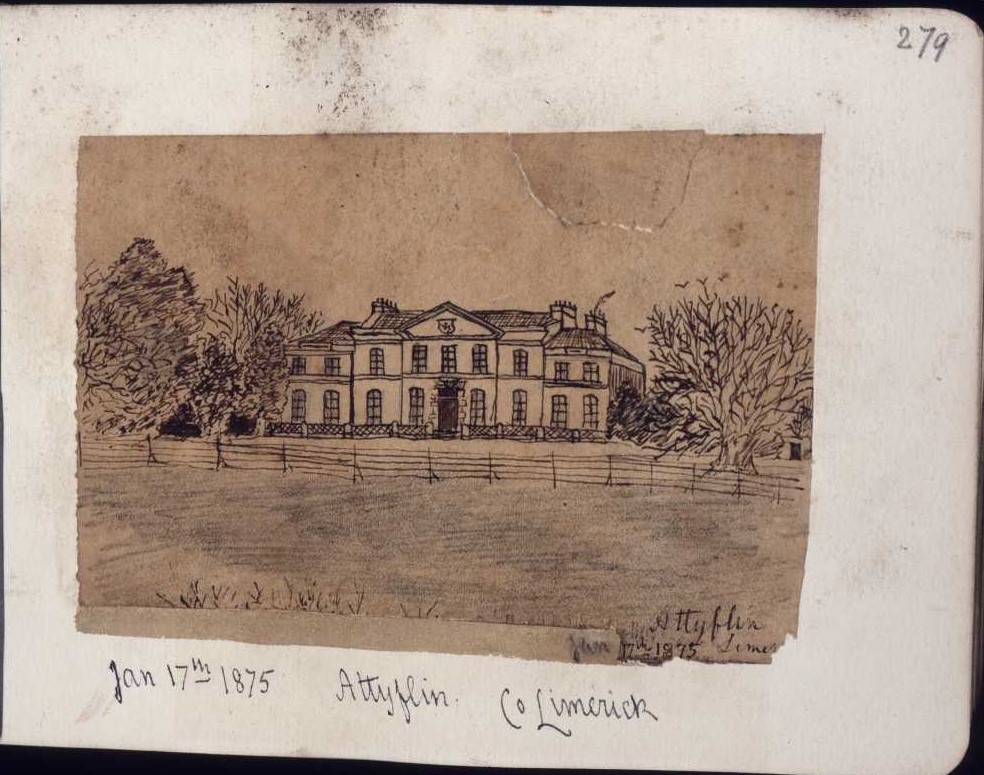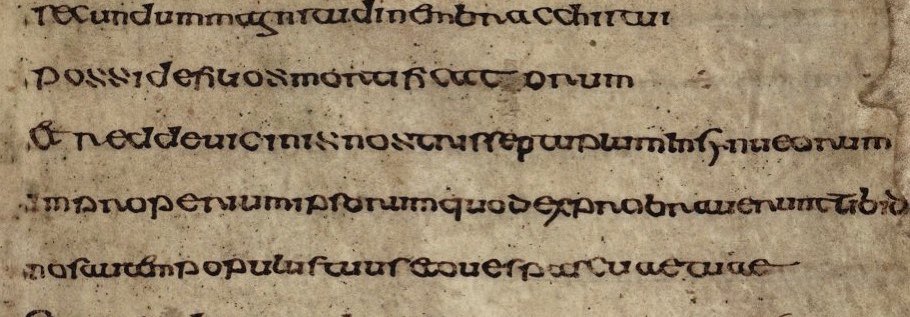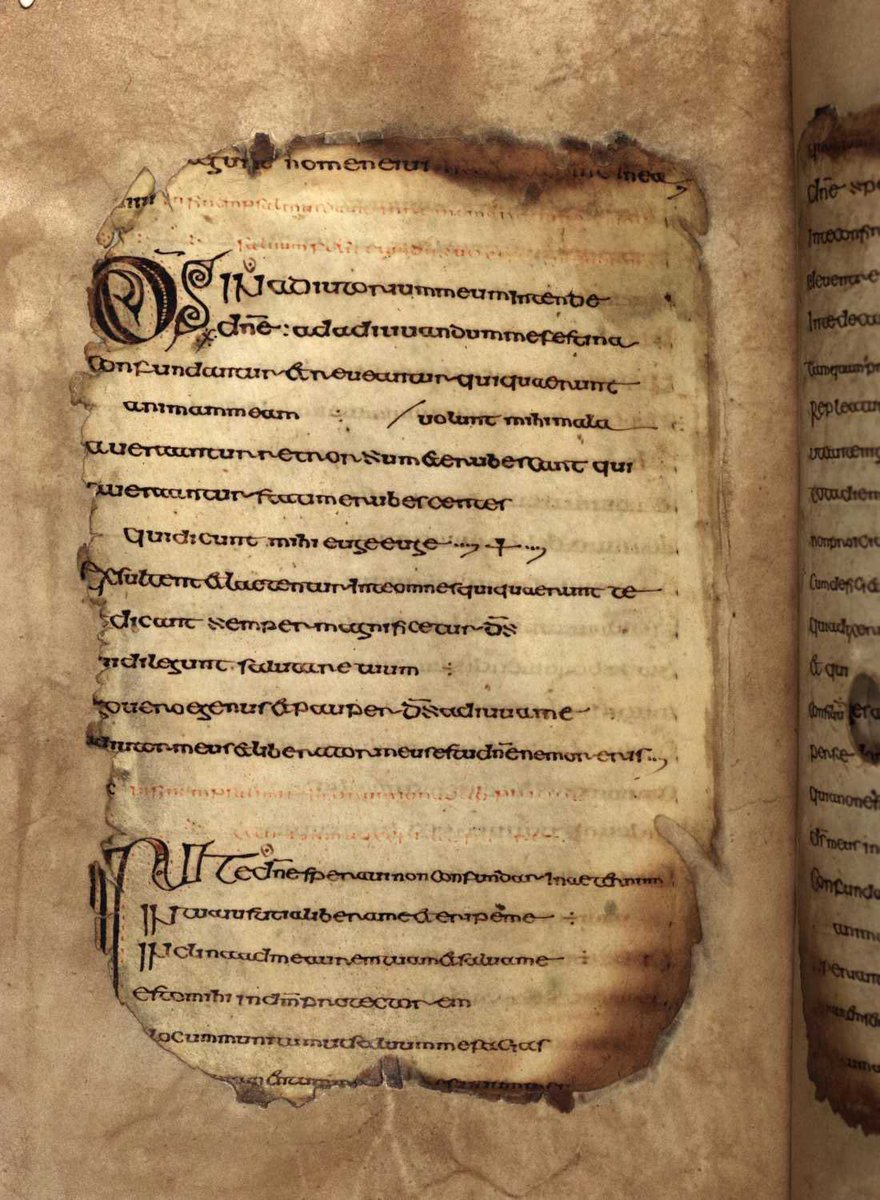
This week we’ll take a ramble through our Beranger collection ... jump on board! #Beranger #Watercolours #IrishArt
Gabriel Beranger, Dutch-born artist, moved to Ireland in 1750 and ran a print shop and artist’s warehouse in Dublin. He spent much of his time sketching the antiquities of Ireland. 

From 1779-83 he was one of the main artists employed by the Hibernian Antiquarian Society, a predecessor of the Royal Irish Academy, to draw the ancient monuments of Ireland. 

Beranger’s works are a valuable records as many of the buildings he depicts no longer survive. St John’s Tower in Thomas Street, Dublin, demolished in 1800. #Beranger 

'View of the Grand Canal, taken between the first bridge and the first lock looking towards Dublin' one of 23 watercolours by Beranger bound in an album 'Rambles thro' the county of Dublin and some others in Ireland' ... #Beranger #IrishArt 

... In his book 'Beranger's Rambles in Ireland' Peter Harbison identifies this view as being near the modern Suir Road Bridge. 

Learn more about Gabriel Beranger and his paintings - 'Beranger's painted people - himself and others' by Dr Peter Harbison. ria.ie/news/library-l… 

For more on Gabriel Beranger view our online exhibition sway.office.com/XbDly9zMX0vdLa… #Beranger #IrishArt
Head over to the Digital Repository of Ireland for more rambles with Beranger repository.dri.ie/catalog/3n20hj… #Beranger
It’s a blustery old day out there #stayhome and do some jigsaws jigsawplanet.com/RIALibrary #Beranger #jigsaw #IrishArt 

• • •
Missing some Tweet in this thread? You can try to
force a refresh







